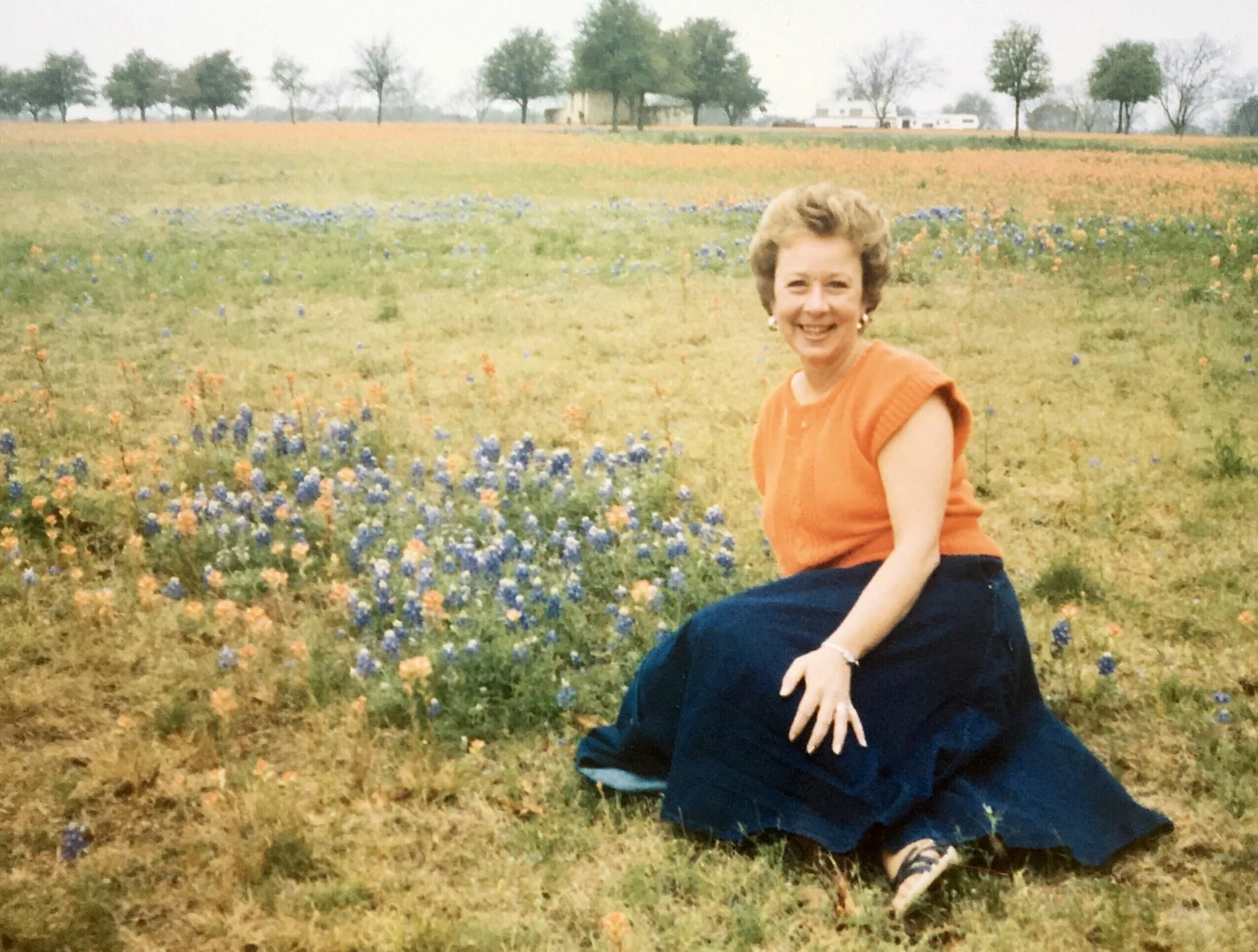Hay & Molasses

One of the flavors I was most excited to make and share with people was hay ice cream. The idea came from a simple misunderstanding—at first, I thought the “Straw” in “Salt & Straw” referred to hay. It doesn’t. But the idea stuck.
Hay as an ice cream flavor might seem odd. And believe me, people asked: “Why hay?”
But to me, hay is deeply personal. It’s not just dried grass—it’s memory, place, and connection.
Growing up on a farm, hay was everywhere. Big round bales, small square ones—we had it all. My brother and I would jump on them, play hide and seek with the dogs, or use them as thrones in imaginary kingdoms. Hay fed our animals and mulched our gardens. Even now, my mom still orders hay for her garden beds. So yes, I wanted to make hay ice cream. And yes, the process of making the ice cream gave me hay fever—but it also gave me joy.
Naturally, I paired it with molasses. Anyone who’s ever cared for horses knows that smell—thick, dark, mineral-rich molasses. My mother would make a molasses tea for the mares after giving birth. I remember stirring it with her, hauling warm buckets down the driveway to the pasture, learning that the mares needed electrolytes after labor. It felt sacred, like midwifery in its own right.
I wasn’t just helping the animals—I was learning something about what it means to care for another being through a primal, transformative moment. And as someone born at home with a midwife, I always felt strangely connected to the animals’ birthing experiences.
There’s something so fundamentally beautiful about labor in mammals. I recently watched a Bioneers talk where biologist David Gruber of Project CETI played the sound of a sperm whale giving birth—surrounded by whales of another species, supporting her through the process. I felt that. I’ve been there, beside sheep, dogs, and horses during their births. Witnessing birth across species has shaped me.
I don’t consider myself a midwife, but I love talking to midwives and new mothers. I think birth is something we don’t speak about enough. And I believe it’s something that should always be done in community.
This connection to birth and care runs deep through my maternal line. I carry a mitochondrial haplogroup—an unbroken genetic thread passed from mother to daughter for thousands of years. When I tend to animals in labor, stir molasses tea for a new mother, or think about my biological clock, I feel that thread tug gently at me. I think of the women whose names I’ve traced in records and family trees. The ones I’ll never meet but who live in my body, in my instincts, in my longing. Sometimes I feel them near—those foremothers who died in childbirth, gardened, cooked, taught, mentored, birthed, healed, and survived unimaginable circumstances. They guide me, quietly, from the spirit realm. And in moments of uncertainty or chaos, I listen for them.
So this hay and molasses ice cream isn’t just about flavor. It’s about memory. It’s about tending to the living, and laying mulch down to nourish what comes next. It’s about fertility. It’s about birth and rebirth.
As a womb-bearing person in my late 20s—someone not on birth control, someone who wants children—that connection to fertility lives in me daily. Physically, I have what is referred to as “child bearing hips.” I feel my ovulation. I know my cycle is short. Emotionally, I fear childbirth, but my deeper fear is never experiencing it. Spiritually, perhaps my awe was passed down by my mother, who said giving birth felt like an out-of-body experience.
Still, I believe there’s something undeniably intimate and sacred about childbirth—and about trusting someone enough to guide you through it. That kind of trust is what I look for when I date. Not just, “Do I like you?” but: Can I trust you to hold me through this? Will you ground me or amplify my anxiety? Will you cry when the baby arrives? Will you give me rest, share in the weight, see me clearly? Or will you disappear?
Hay and molasses might seem like an odd flavor. But to me, it tastes like memory, kinship, and the sacredness of life unfolding.




